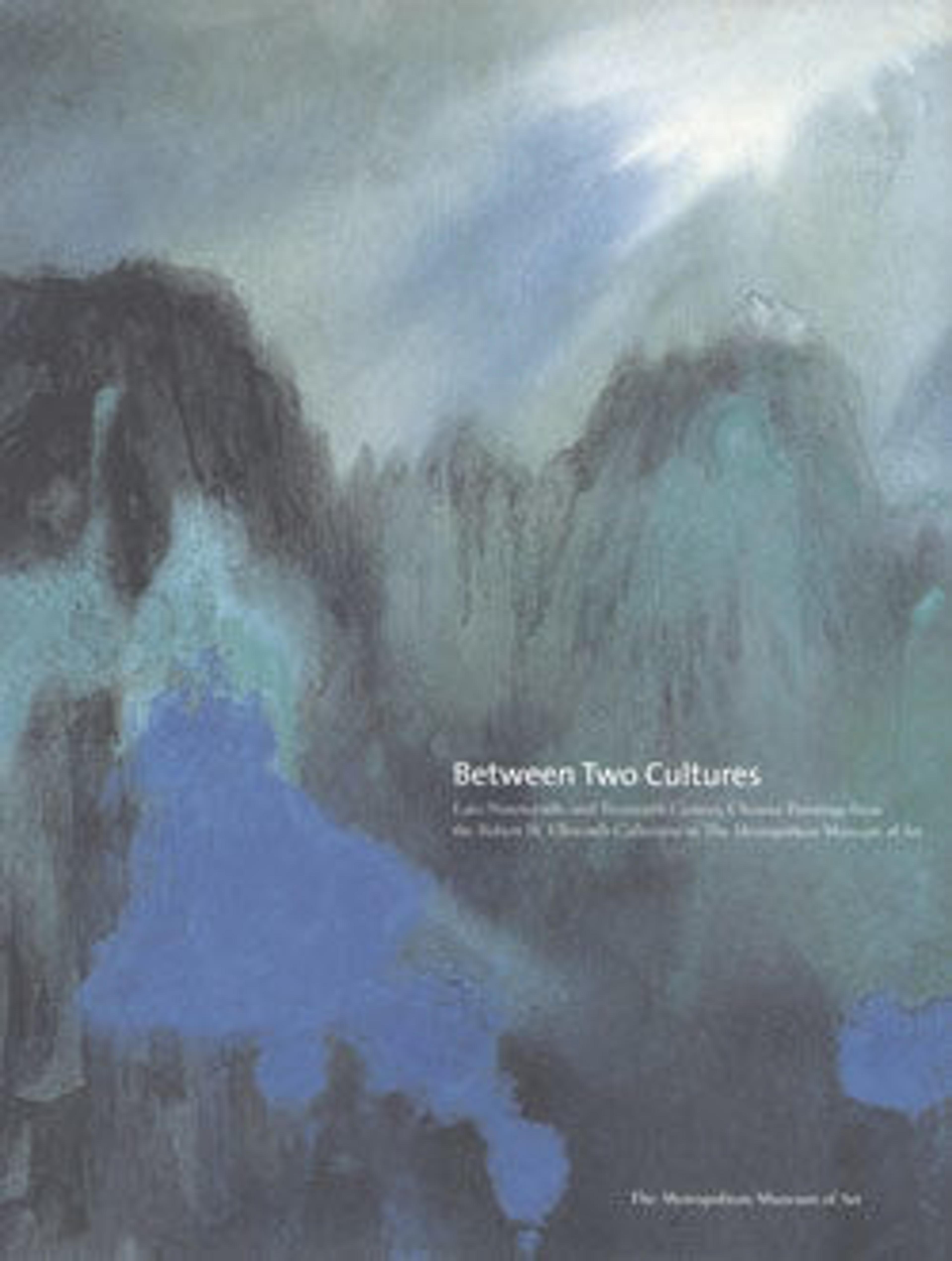Ancient Warrior
Gao Jianfu was an early advocate of reforming the arts through the study of Western-style painting. In 1906 he went to Japan, where he studied a new form of "Japanese-style" painting that synthesized Western realism—natural light and luminous colors—with Eastern materials, techniques, and subject matter. This new hybrid art included the use of perspective, chiaroscuro, and other elements of Western painting.
Gao's willingness to experiment with exotic subject matter and non-Chinese techniques is epitomized in Ancient Warrior, painted in Calcutta. The large-eyed, mustachioed figure was inspired by the new nationalistic painting style of the Bengali artist Abanindranath Tagore (1871–1931).
Gao's willingness to experiment with exotic subject matter and non-Chinese techniques is epitomized in Ancient Warrior, painted in Calcutta. The large-eyed, mustachioed figure was inspired by the new nationalistic painting style of the Bengali artist Abanindranath Tagore (1871–1931).
Artwork Details
- 清/現代 高劍父 武士像 軸
- Title:Ancient Warrior
- Artist:Gao Jianfu (Chinese, 1878–1951)
- Date:dated 1931
- Culture:China
- Medium:Hanging scroll; ink and color on alum paper
- Dimensions:38 1/2 x 19 in. (97.8 x 48.3 cm)
- Classification:Paintings
- Credit Line:Gift of Robert Hatfield Ellsworth, in memory of La Ferne Hatfield Ellsworth, 1986
- Object Number:1986.267.183
- Curatorial Department: Asian Art
More Artwork
Research Resources
The Met provides unparalleled resources for research and welcomes an international community of students and scholars. The Met's Open Access API is where creators and researchers can connect to the The Met collection. Open Access data and public domain images are available for unrestricted commercial and noncommercial use without permission or fee.
To request images under copyright and other restrictions, please use this Image Request form.
Feedback
We continue to research and examine historical and cultural context for objects in The Met collection. If you have comments or questions about this object record, please contact us using the form below. The Museum looks forward to receiving your comments.
